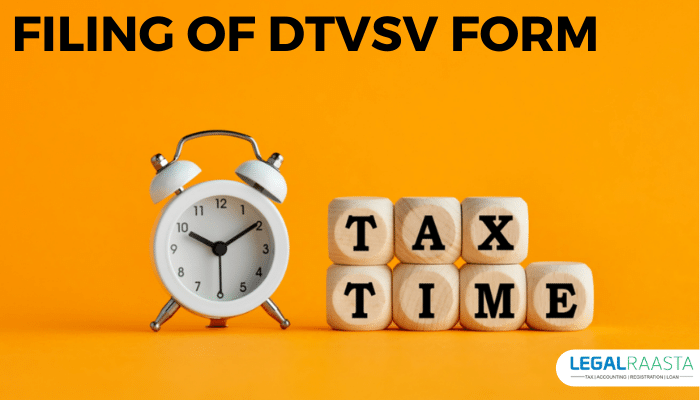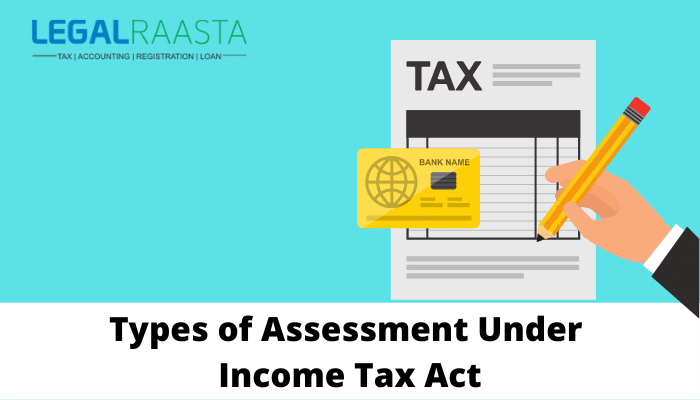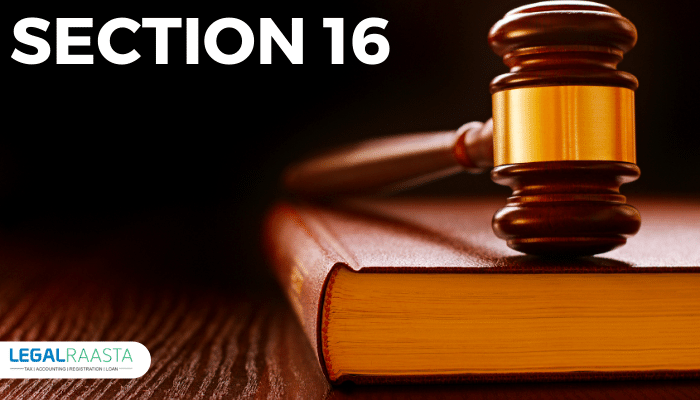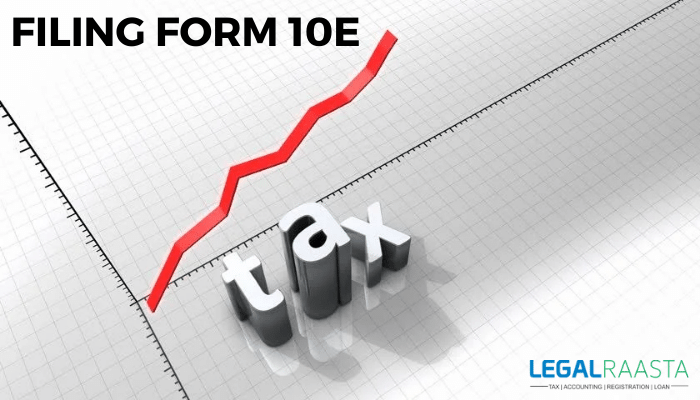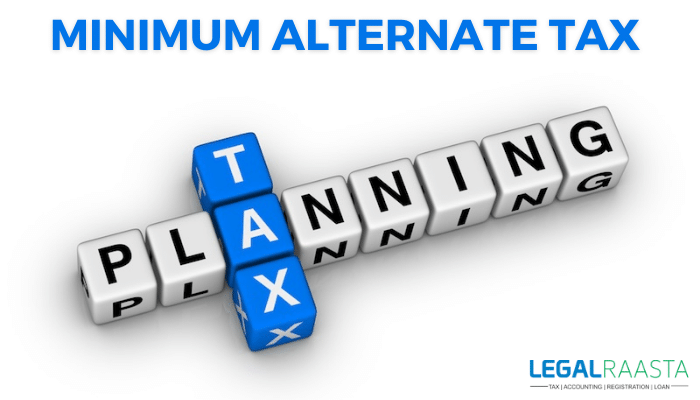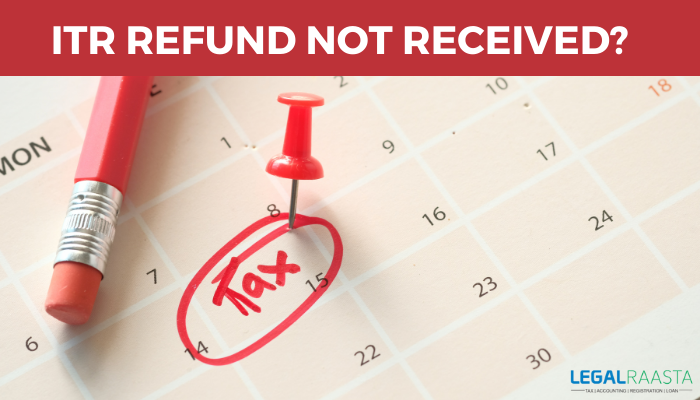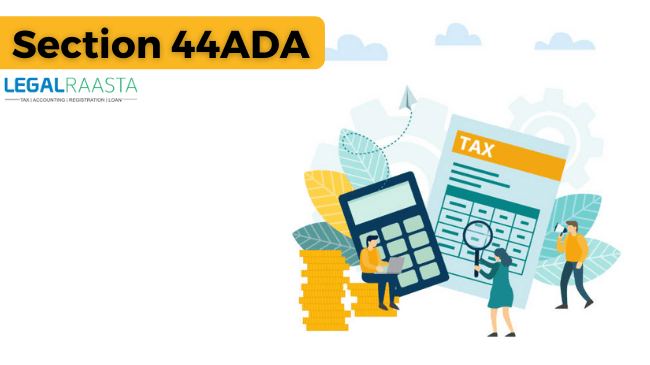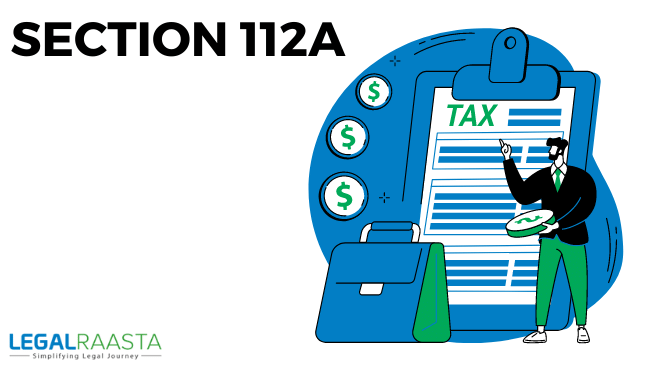Vivad se Vishwas – Filing of DTVSV Form
The Direct Tax Vivad se Vishwas (DTVSV) Scheme was announced during the Union Budget of 2020 to allow for dispute resolution in outstanding income tax disputes. For the e-Filing of the DTVSV Form, the Central Board of Direct Taxes has established an online filing mechanism. Taxpayers who want to use the direct tax dispute resolution service must fill out five online forms on the IRS’s official website, and the Designated Authority will issue the certificate and order electronically.
Direct Tax Vivad se Vishwas (DTVSV) Scheme
The DTVSV scheme’s goal is to eliminate outstanding income tax litigation and earn timely money for the Indian government. Taxpayers benefit from this system because it gives them peace of mind, confidence, and time and resource savings. The following are the types of disputes covered by the Direct Tax Vivad Se Vishwas (DTVSV) scheme:
- Disputed tax
- Disputed penalty
- Disputed interest
- Disputed Fee
- Disputed Tax Deducted at Source (TDS) or tax collected at source (TCS)
According to prior guidelines, taxpayers who settle disputes under the DTVSV programme would be eligible for a full waiver of interest and penalties if they pay the entire amount of tax in dispute by 31.3.2020. After March 31, an additional 10% of the challenged tax, in addition to the tax liability, must be paid.
Period of DTVSV Scheme Extended – COVID 19
In light of the COVID 19 pandemic sweeping the country, Hon’ble Finance Minister Smt. Nirmala Sitharaman said that the DTVSV Scheme’s period for making payments without additional amounts has been extended until December 31st, allowing taxpayers to avoid paying the 10% additional disputed tax.
DTVSV Forms
To take advantage of direct tax dispute resolution, the taxpayer must complete five DTVSV Forms, as previously stated. The certificate will be issued by the Designated Authority, and you can purchase it online.
- DTVSV Form-1: The taxpayer must file a declaration in Form-1 and any applicable schedules under the DTVSV Scheme.
- DTVSV Form-2: In addition to Form-1, the applicant must file the undertaking in DTVSV Form-2.
- DTVSV Form 3: In Form 3, the Designated Authority will inform the taxpayer of the tax payable or refundable amount.
- DTVSV Form-4: The taxpayer must fill out Form-4 and include proof of withdrawal of any relevant appeal, writ, or arbitration for dispute settlement.
- DTVSV Form-5: In Form-5, the Designated Authority will issue an order to resolve the dispute completely and finally.
E-Filing of DTVSV Form
To create and submit the DTVSV Form, the applicant must first go to the Income Tax Department’s official website and then log in with their Permanent Account Number (or TAN, if applicable) and password.
Select the Vivad se Vishwas option and then Prepare and Submit DTVSV Forms after logging in to the portal. After logging in, the applicant will have access to Form 1 and Form 2 online for data submission and preparation.
Online Filing of DTVSV Form – 1
Select the Form 1 and Assessment year for Tax Deduction at Source cases after logging in to the portal. Then, from the drop-down option, select the file type (updated or original). The DTVSV form -1 comprises specified schedules, and applicants must file the applicable schedules and tables under the schedules with validation in order to submit the declaration. The candidate must fill out the information in the following five parts.
- • PART A – General Information
- • PART B – Dispute-Related Information
- • PART C – Tax Arrear-Related Information
- • PART D – Amount Payable-Related Information
- • PART E – Payments Against Tax Arrear-Related Payments
Online Filing of DTVSV Form – 2
As previously noted, the DTVSV can also be submitted electronically through the Income Tax Department’s official website. Fill out DTSVS Form-2 with the following information.
- The taxpayer’s designation
- PAN, Aadhaar, and TAN information
To continue, click the submit button after filling out the form.
To submit these forms, you must have a digital signature certificate or an electronic verification code.
Obtain an acknowledgment number
The applicant will receive an acknowledgment number after submitting forms 1 and 2.
Issue of Form – 3
Form 3 will be issued once the taxpayer’s declaration is recognized by the designated authority, and the assesses must pay the amount calculated within 15 days of receiving the certificate and must notify the designated authority of their payment.
Filing of Form – 4
In Form-4, the taxpayer must detail the payment, as well as provide proof of withdrawal of any appropriate appeal, writ, or arbitration for dispute settlement. After logging in to the portal, select Form 4 to have the following information auto-populated:
- In accordance with the certificate received in Form-3 from the designated authority (certificate number)
- Aadhaar Number and PAN/TAN
- Financial Year/Assessment Year
The applicant must give the following information about payments made:
- Basic Statistical Return Code of Bank
- Serial Number of Challan
- Amount (Rs)
- Date of Deposit (DD/MM/YYYY)
If an appeal, objections, writ petition, application, special leave petition, arbitration, mediation conciliation, or claim has been withdrawn, upload proof of withdrawal with number and forum after providing the facts.
After giving the date and time information, the applicant can submit the form.
Viewing Submitted Forms
The submitted DTVSV forms will be accessible to see and download after logging into the site. To access the submitted forms, select “View DTVSV Forms” after logging in.
Issue of Order in Form -5
The Order for the Full and Final Settlement of the Dispute in Form-5 will be issued by the Designated Authority.
Read, also: Wealth Tax India: Who needs to pay and its history
Filing Form 10E is Mandatory to Claim Relief under Section 89(1)

